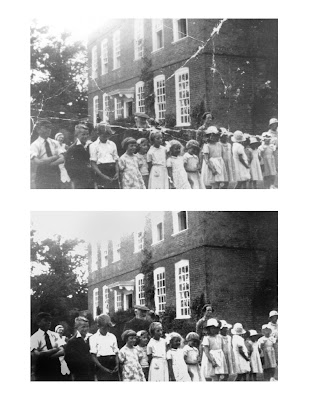I cannot believe that I came into this class not knowing how to use any of the Adobe programs, and now I know all the basics. I wish I had had more time to work on my projects. I think DSP was even more deadline-crazy for me because I took so many art classes this semester, but the good news is that I am approximately five hundred times faster at getting things done than I was last semester. This was good for me, because I’ve built up all sorts of designing momentum that will hopefully last until I take Viscom I next spring.
I am excited for Viscom I because it’s more oriented toward the design aspect of graphic design, as opposed to the technical stuff. Obviously I needed to learn all of that (and there is still a lot I don’t know), but I chose visual communications as a major despite its use of computer programs, not because of it. Learning how to use InDesign and Photoshop and Illustrator is great, but I missed being pushed to design something that looks awesome, and as a result I think some of the work I did this semester is a little boring. So when I take Viscom I, I won’t enroll in three other studio classes, and I’ll design cooler stuff. At least that’s the plan.
Next year I will use the skills I learned in this class when I work on the design team for Detours Travel Magazine. I've already begun using Illustrator on my own - I designed a logo for a friend of my mom's, and I reworked the label of a Tabasco sauce bottle so it read "Lame Sauce" as a practical joke. Photoshop has been similarly helpful; I used it just last week to make a bitmap image to print on a T-shirt for printmaking class. Oh! I also used InDesign outside of class this semester to make a "lost sweatshirt" poster when I left my Truman hoodie in the dorm's laundry room - it's not that exciting, but I did get my sweatshirt back! So you can see I've definitely benefitted from DSP in more ways than one.
But anyway, here's my final portfolio. Enjoy!











